Creatures of the Deep!
A new book of photographs taken in the ocean depths reveals a world abounding in unimagined life
The first signs that life can exist in the deepest seas were nets full of mangled goo. The Challenger Expedition, an around-the-world oceanographic study led by Scottish naturalist Charles Wyville Thomson in the 1870s, trawled as deep as 26,000 feet and pulled up more than 4,000 unknown species. The strange creatures, many of which were gelatinous and didn't survive the trip to the surface, overturned the scientific wisdom of the time, which held—reasonably enough—that nothing could survive in a world without light, at temperatures just above freezing and at crushing pressures. It's still hard to believe.
Since then, people have explored the deep ocean—the region below about 650 feet—from inside tethered metal balls called bathyspheres and modern mobile submersibles, and they've sent down remotely operated underwater vehicles (ROVs) equipped with cameras. The deep sea is the largest ecosystem on earth, plunging to more than 37,000 feet below sea level at the Marianas Trench in the Pacific. It accounts for 85 percent of the space where life can exist and holds an estimated ten million or more species. "But we're still trying to figure out what's out there," says marine scientist Nancy Knowlton of the Smithsonian's National Museum of Natural History.
A new book, The Deep (The University of Chicago Press), by French documentary film producer Claire Nouvian, may be the most comprehensive look at this mysterious world that we surface dwellers will get for a long time. The more than 200 photographs—most taken by scientists from submersibles and ROVs, some shot for the book—show just how head-shakingly bizarre life can be. The scientists who discovered the creatures were apparently as amused as we are, giving them names such as gulper eel, droopy sea pen, squarenose helmetfish, ping-pong tree sponge, Gorgon's head and googly-eyed glass squid.
Nouvian herself made two dives in a submersible, to 3,200 feet. The first thing she noticed, she says, was that "it's very slow. You can tell that all their laws are different." Given the cold, the dark and the scarcity of food, animals tend to be "sit-and-wait predators," floating around and taking what comes their way rather than burning energy to pursue and attack.
The main source of food in the deep is "marine snow," flakes of dead things and fecal matter that drift down from the bright ocean. Sometimes entire feasts fall to the seafloor: a few years ago, oceanographers discovered several species of snails and worms that dine on dead whales. Other deep-sea food webs are fueled by hydrothermal vents, cracks in the ocean floor where seawater mixes with magma and erupts in hot, sulfur-rich plumes. Microbes have evolved the ability to convert chemicals from these vents into energy—a way of life that was unknown before 1977.
There's little or no sunlight in the deep, but most animals "bioluminesce," flashing like fireflies. They turn on headlights to see food or attract mates; anglerfish dangle wormlike glowing appendages to lure prey. Some deep-sea squid shoot a cloud of bioluminescence to distract predators, much as upper-ocean squid squirt black ink. Jellyfish, often transparent in the oceans above, tend to be dark, which shields them from attention while their swallowed prey bioluminesces in its death throes. Down below, says Nouvian, the bioluminescence—some in short flashes, some in shimmering curtains, some hopping about like grasshoppers—"is more dramatic than the most dramatic sky with shooting stars."
The drama of discovery shows no sign of ending. In some surveys, 50 percent to 90 percent of the animals hauled up from the deep are unknown. We'll have to keep expanding our conception of what it means to be an Earthling.
/https://tf-cmsv2-smithsonianmag-media.s3.amazonaws.com/accounts/headshot/laura-helmuth-240.jpg)
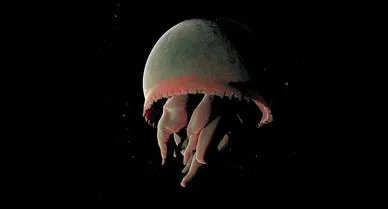
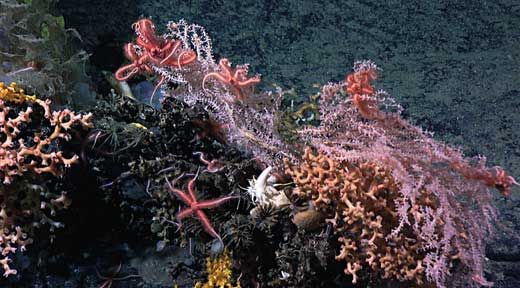
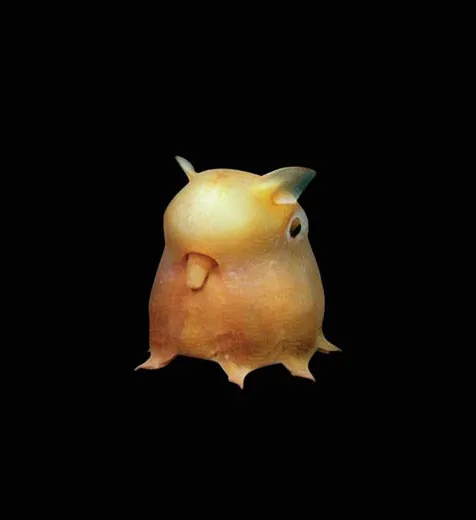
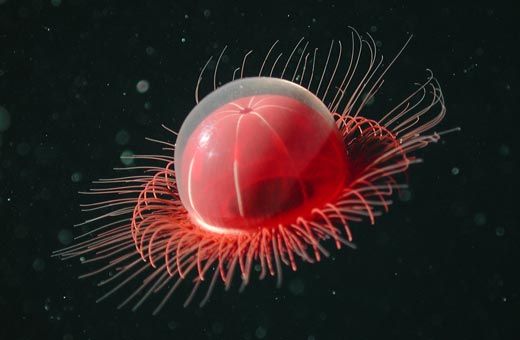
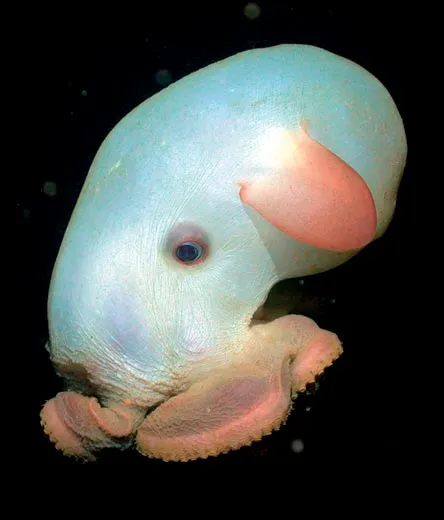
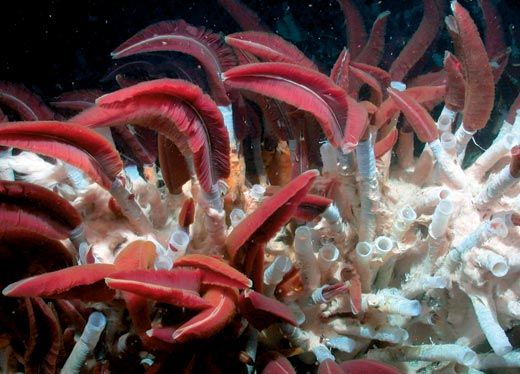
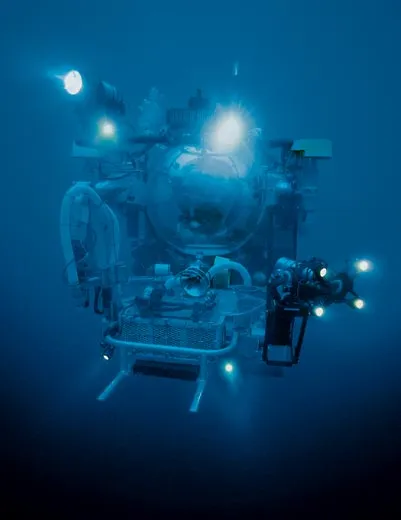
/https://tf-cmsv2-smithsonianmag-media.s3.amazonaws.com/accounts/headshot/laura-helmuth-240.jpg)